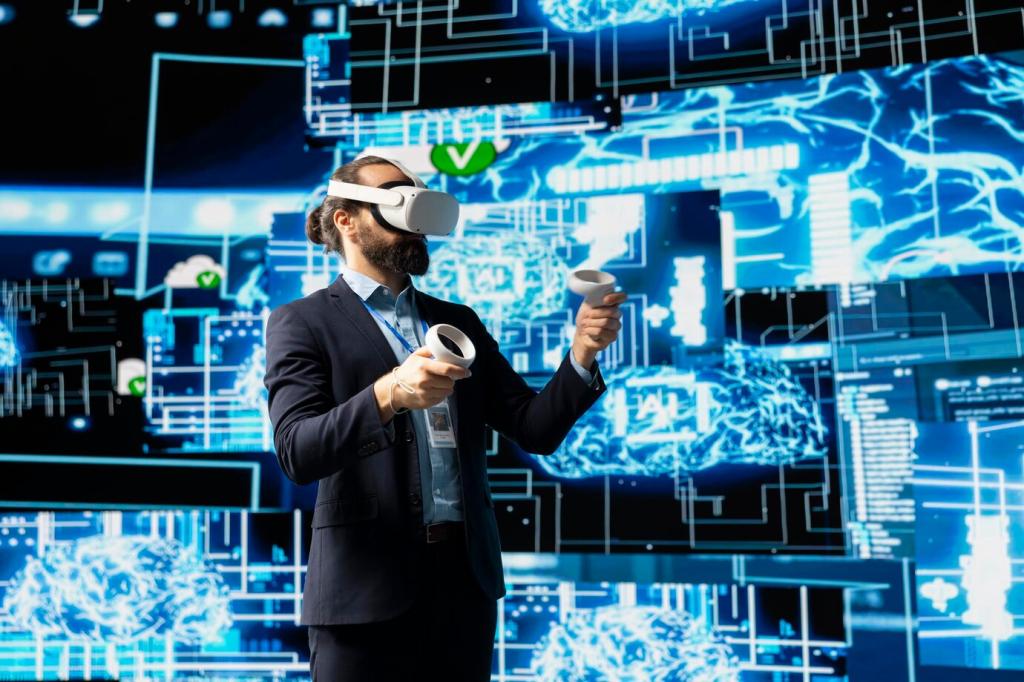The fusion of artificial intelligence and influencer marketing is radically changing how audiovisual content is created, distributed, and consumed. Marketers and creators alike are discovering the immense potential of AI-driven tools to enhance the authenticity, effectiveness, and reach of their campaigns. This shift is not only optimizing production workflows but also enabling unprecedented personalization at scale. As AI embeds itself deeper in audiovisual storytelling, influencers are discovering new ways to engage their audiences, brands are realizing higher returns on investment, and consumers are experiencing content that resonates like never before. In this exploration, we delve into the transformative impact of AI on influencer-driven audiovisual content.

Intelligent Audience Targeting

Adaptive Content Delivery

